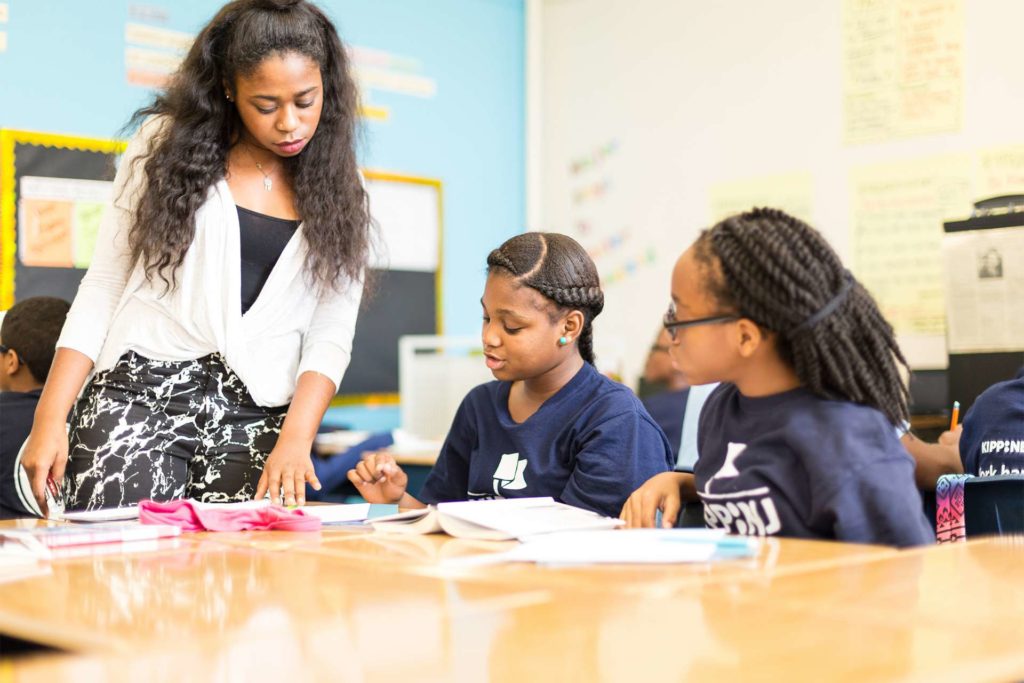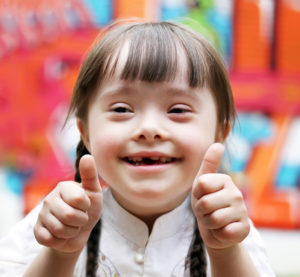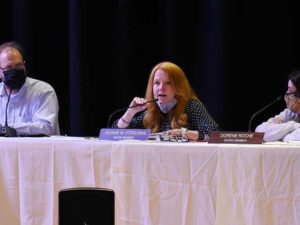The National Alliance for Public Charter Schools just issued its 2021 ranking of state charter school laws. New Jersey’s charter school law, passed in 1995 and never updated, ranks 34th out of 45 states that have such laws.
Here are NAPCS’s recommendations for NJ:
New Jersey’s law does not contain caps on public charter school growth, includes a statewide authorizing entity, and provides a fair amount of accountability, but it provides insufficient autonomy and inequitable funding to charter schools. Potential areas for improvement include increasing operational autonomy and ensuring equitable operational funding and equitable access to capital funding and facilities.
These recommendations track with NJ Public Charter School Association’s report that calculates $900 million is needed for public charter schools in the state to maintain their facilities. In addition, two years ago NJPCSA issued a “Landscape Report” in response to the NJ Department of Education’s “Charter School Act Review” which, under then-Commissioner Lamont Repollet, intended to issue guidance to the State Legislature on reforming the state’s charter school law. After many months of collecting data and feedback from stakeholders, the DOE failed to issue any report. The “Landscape Report” also echoes NAPSCS’s recommendations:
Through the ongoing charter review process, it is imperative that the Department evaluate how charter schools are performing and work towards creating conditions to increase educational opportunities for students across the state. In order to do what is best for students and communities, the Department should focus its charter school reform efforts on fair funding, access to facilities, more operational autonomy, more authorizing options, and increased transparency.
The NAPSCS rankings also note demographics for each state. In NJ, 51,999 public school students (4% of total public school enrollment) attend charter schools. Of those students, 70% qualify for free or reduced lunch, a measure of poverty. Fifty percent of NJ charter school students are Black, 36% are Hispanic, 6% are Asian, and 7% are White.




